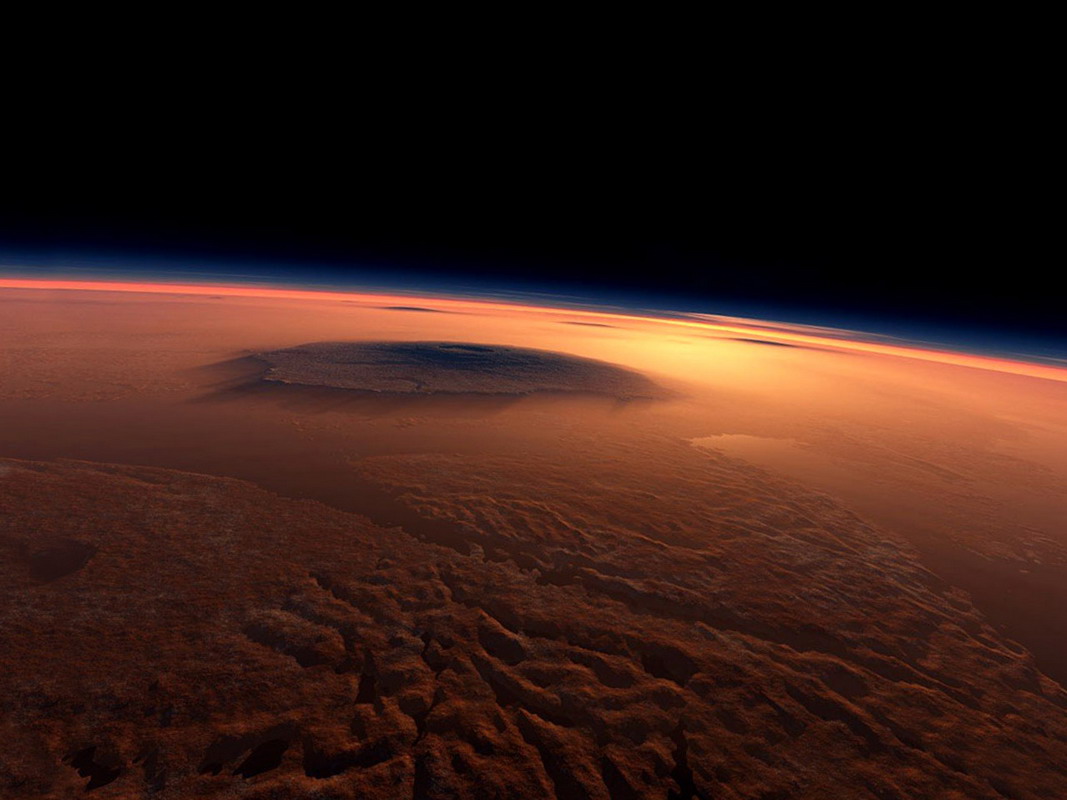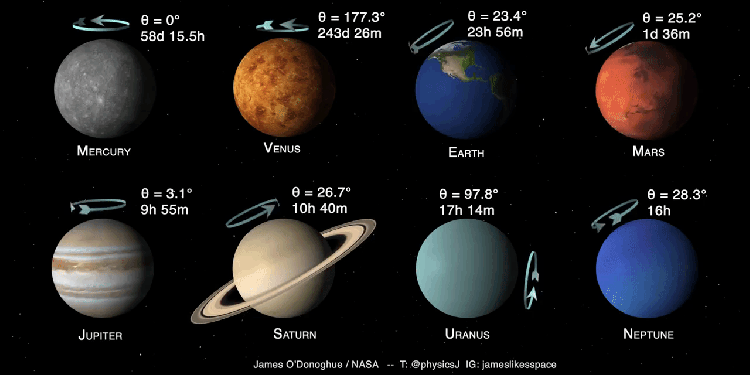The controversy regarding the colonization of Mars is a long one. It is recorded that humans began speculating life on Red Planet as early as the 1950s when Ray Bradbury (a renowned pioneer of science-fiction writing) published a ‘series of short stories’ titled The Martian Chronicles (1950).
The idea of colonizing Mars stemmed from the thought of making the human race an ‘interplanetary species’. The main reason is to prevent the mass extinction of the human race, overpopulation and provide new scientific discoveries.
Mars, also known as the “Red Planet”, is one of the closest planets to earth and is its neighbor. It gets it distinct and vivid red color from the plethora of iron minerals present in its soil. The iron minerals in the soil oxidize and form Mars well-known color.
Mars is the fourth planet from the sun and its proximity to the Sun makes it the most viable option for human colonization. This was chosen as the designated planet for colonization since its environment was considered to be most receptive for humans. However, Mars’ harsh climate is far from friendly. With its bitter cold climate ranging from -125 degrees Celsius to 20 degrees Celsius and an average temperature of -60 degrees celsius (according to Space.com), these harsh weathers are unbearable to the human body.
The reason for Mars’ colder climate as compared to earth is its farther distance from the sun. Because of Mars elongated distance from the Sun, fewer of its warm rays are bestowed upon the planet, leaving it with a far colder atmosphere. The temperature is highly susceptible to fluctuations, due to the fact that Mars has a tilt similar to that of the earth in relation to the sun. However, unlike Earth Mars’s tilted axis swings drastically because of its unstabilized nature. This is due to the fact, that Mars has 2 moons; Phobos and Deimos.
Apart from this, the difference between a year on Mars and a year on Earth is about 7.6 earth days more. This is because a day on there is about 24.5 hours long, contrary to the 24 hours long earth day.
Mars also boasts of the largest and highest mountain in the solar system, ‘Olympus Mons’. Although the Red Planet has dry and barren land, scientists believe it was not always so and theorize that if all the frozen water was liquefied, the entire planet would be covered in a thin layer of salty water.
Moreover, Mars atmospheric environment is decidedly hostile for humans. It contains only 38% of Earth’s gravity, which may create health problems. The Planet also contains no magnetosphere, which leaves it susceptible to cosmic rays and solar particle events. Additionally, Martian atmospheric air risks slowly leaking/draining out into space due to its lack of magnetosphere.
Mar’s thin atmosphere is about 100 times less dense than the earth and it contains only 0.03% of the water in its air and only 0.15% oxygen in its air, which is lethal for humans. The atmosphere here consists of 95% of carbon dioxide, 1.6% argon and 2.7% nitrogen which creates a toxic environment to live in. Martian soil is also considered extremely toxic, due to its “high concentrations” of chlorine and other chemicals which are known to be dangerous to life.
The Mars colonization plan
After sharply analyzing the martian conditions, scientists and volunteers from different organizations have come up with a plan to make Mars Colonization a viable option.
In 2010, the NASA Authorization Act of 2010 was issued, which allowed the enabling of missions that led NASA’ astronauts to Mars. Later another plan disclosed by NASA that consist of 3 phases.
- The first phase titled “Earth Reliant” focused on living beings limits and its effect on the human body.
- The second phase titled “Proving Ground” includes lunar missions and setting up base and supplies on the Moon.
- Phase 3 is titled “Earth Independent” and is the last stage. It consists of establishing another livable-habitat on Mars by astronauts.
However, NASA isn’t the only one who is dreaming of colonizing the Red Planet. MarsOne, a dutch group started in 2011, has dedicated their time to this dream as well. In 2013, they laid down their plan for Colonization. They announced that would be able to establish a human base on Mars by 2023 and will land its first astronauts by 2025. The plan is aimed for a media participation financed series of missions. However, after continuously delaying and postponing their mission, MarsOne declared bankruptcy in 2019. However, its message lives on.
Another important organization aiming towards the goal of Mars colonization is SpaceX. Founded by Elon Musk, the successful owner and CEO of Tesla, it aims to create cheaper technology to boost and accelerate the goal of Colonization on Red planet. SpaceX is heavily collaborating with NASA to make the dream a reality. SpaceX aims to create reusable rockets to reduce the price of space technology needed for this huge project. Recently, SpaceX even launched its new rocket — the Falcon Heavy Rocket — into space with NASA as the first rocket with reusable parts. They are currently still improving their technology.
Wind-Up
For years, the theoretical idea of Mars colonization felt impossible. As the reality of its possibility began to dawn, long-standing debates ensued. The dream of Mars colonization tantalized many, drawing them into the cause of successfully colonizing Mars. However, regardless of the long-argued moral, political and ethical repercussions of colonizing Mars, one thing remains certain: those in favor of Mars colonization will not be deterred. Many volunteers have passionately thrown themselves for this cause….will it be worth it?

Haniyah is an aspiring writer and science lover. She was raised in California and recently moved to Pakistan. She is currently studying her ‘O’ levels in Lahore. She is an avid fan of literature and loves to read. She is passionate about horseriding and spends her free time painting and horseriding. She is interested in robotics and has mentored a robotics team. Additionally, she has taken part in many robotics competitions, both international and local



